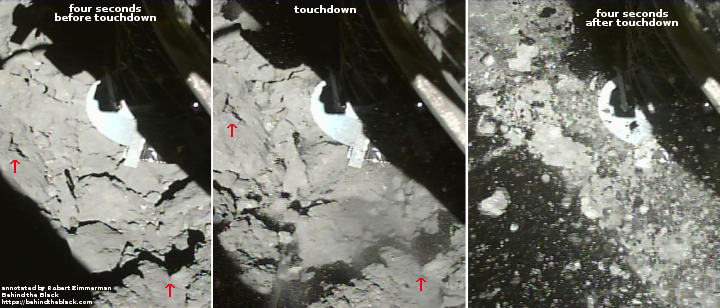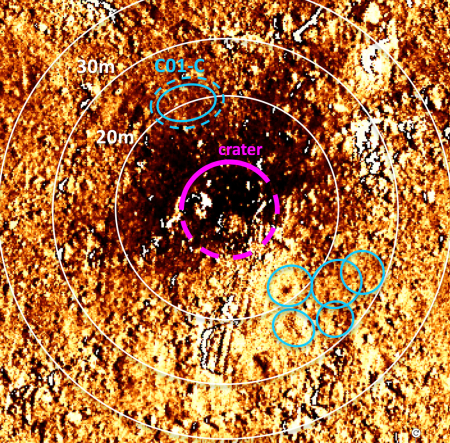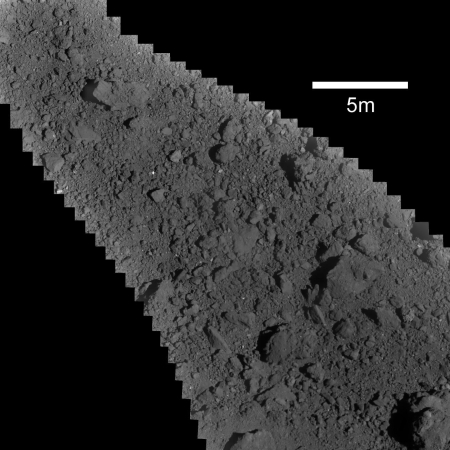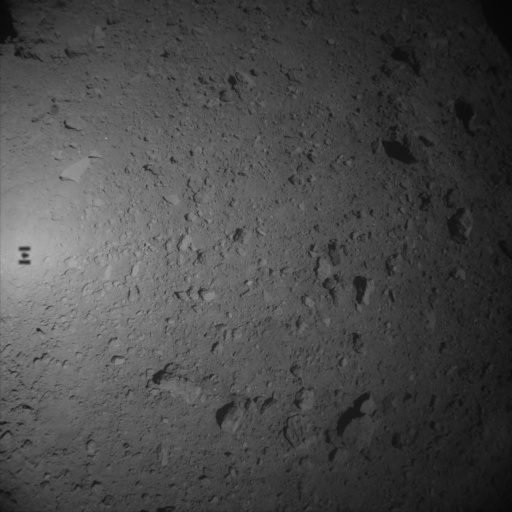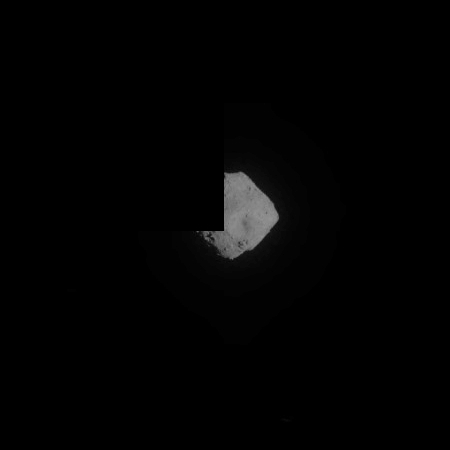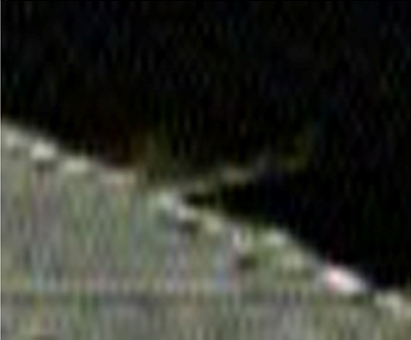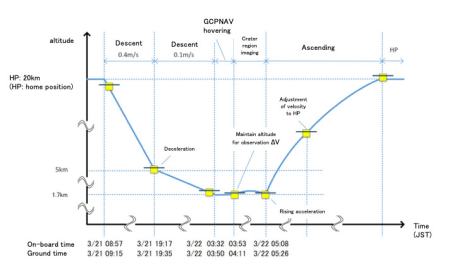Hayabusa-2 to begin return voyage on November 13
In a press conference today the science team for the asteroid probe Hayabusa-2 announced that the spacecraft will begin the first stage of its journey back to Earth tomorrow, using its ion engine to slowly pull away from Ryugu.
That first stage will take a little less than a week. Once the spacecraft gets about 25 miles from Ryugu it will leave its sphere of gravitational influence, when it will then begin its cruise phase back to Earth.
In a press conference today the science team for the asteroid probe Hayabusa-2 announced that the spacecraft will begin the first stage of its journey back to Earth tomorrow, using its ion engine to slowly pull away from Ryugu.
That first stage will take a little less than a week. Once the spacecraft gets about 25 miles from Ryugu it will leave its sphere of gravitational influence, when it will then begin its cruise phase back to Earth.

